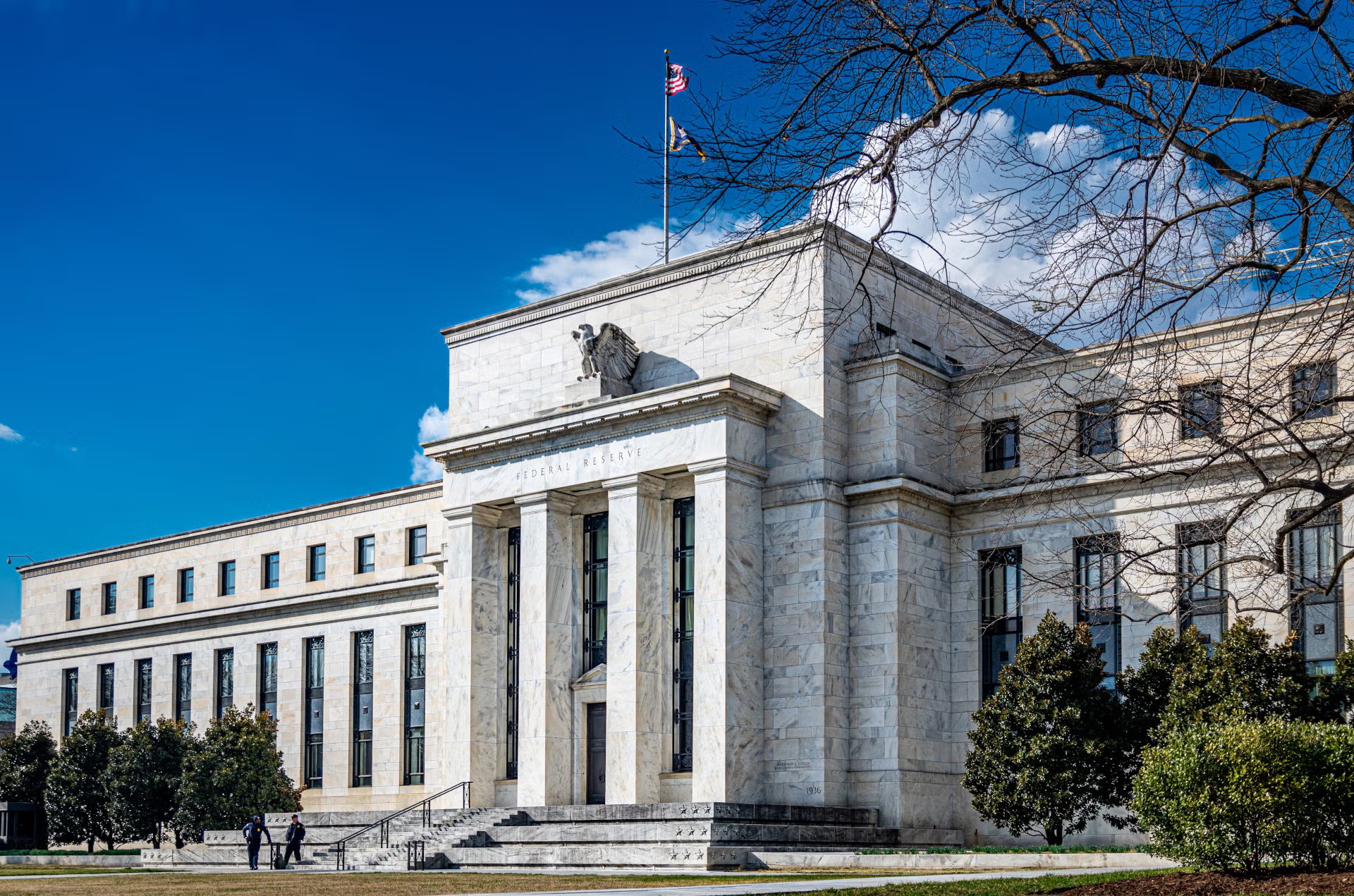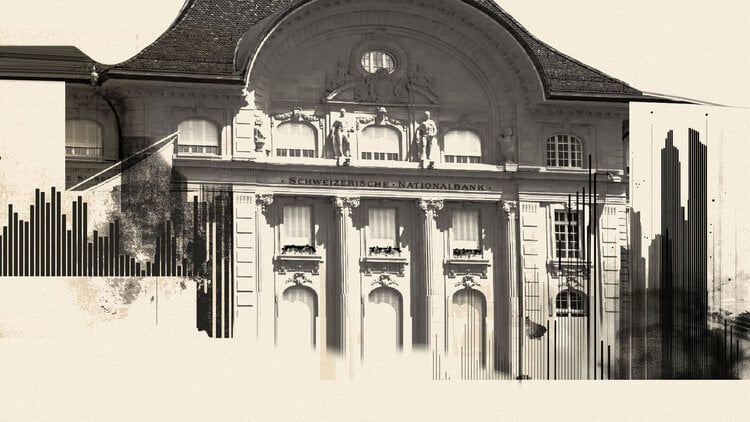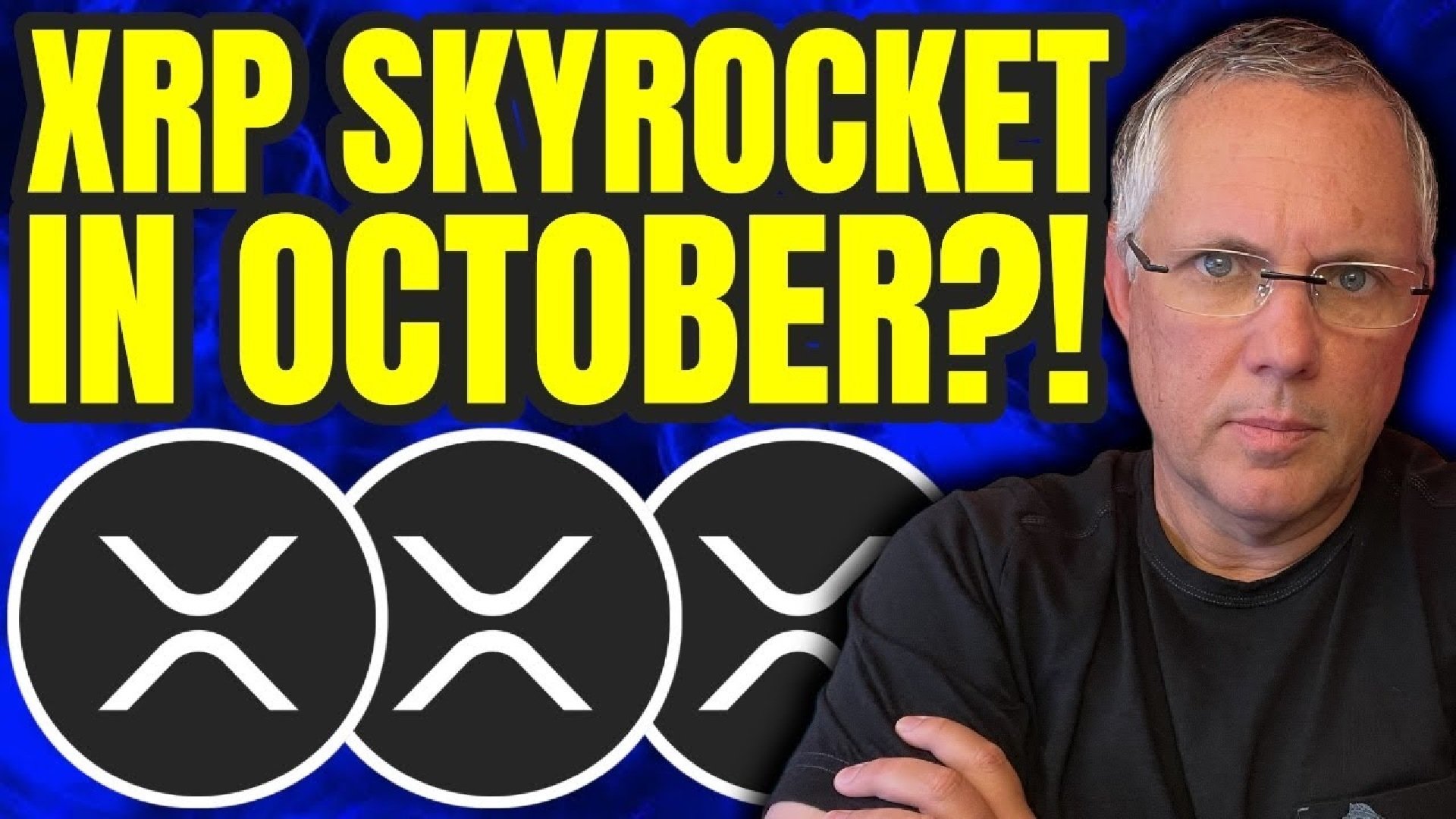Federal Reserve Opens Payment Rails To Digital Asset Firms


According to remarks by Federal Reserve Governor Christopher J. Waller at the Payments Innovation Conference on October 21, 2025, Fed staff are examining a new kind of account that would let certain non-bank firms connect directly to the central bank’s payment system. Reports have disclosed the idea is being called a “payment account” or informally a “skinny” master account.
What The Federal Reserve Is Proposing
The plan would stop short of giving full bank privileges. The accounts would likely not earn interest and would not have access to the Fed’s discount window. Balance caps and other risk limits are expected to be part of the design. Waller said staff are still working through the details and that the concept remains exploratory rather than a finalized rule.
Limits And Safeguards
Regulators intend to keep guardrails. According to public comments, only “legally eligible” entities would qualify. That phrase leaves open which corporate forms — for example, trust companies, state-chartered firms or other charter types — will be allowed.
🌊 Fed opens the gates for fintech and crypto access
Federal Reserve Governor Christopher Waller revealed today that the Fed is studying a new model of “payment accounts”. Streamlined accounts that would allow fintech and crypto firms to access the Fed’s payment infrastructure,… https://t.co/QphKaopcRo
— StrongSHx (@StrongSHX) October 21, 2025
Reports note the accounts would be smaller in scope than a normal master account, with explicit restrictions aimed at reducing exposure to the payment system. Oversight, AML/KYC checks and operational risk controls are expected to be central to any application process.

The Federal Reserve. Photo: Shutterstock
Why This Matters Now
Access to the Fed’s rails has long been limited to banks, which forced many fintech and crypto firms to rely on intermediary banks. Connecting directly, even in a limited way, could reduce steps in settlement and cut certain counterparty risks.
There is also context: the Fed withdrew earlier guidance on bank crypto activities this year — on April 24, 2025 — signaling a shift in tone toward integrating new players into payments.
Who Stands To Gain Or Lose
Crypto firms and stablecoin issuers could find it easier to move funds and settle transactions. Banks that currently provide access to non-banks may face stiffer competition for those services.
At the same time, regulators and bank supervisors will still carry the burden of preventing fraud, illicit finance and operational breakdowns. Market participants are likely to watch how the Fed coordinates with the OCC and the FDIC on questions of charters and deposit insurance.
Featured image from Unsplash, chart from TradingView

Editorial Process for bitcoinist is centered on delivering thoroughly researched, accurate, and unbiased content. We uphold strict sourcing standards, and each page undergoes diligent review by our team of top technology experts and seasoned editors. This process ensures the integrity, relevance, and value of our content for our readers.





